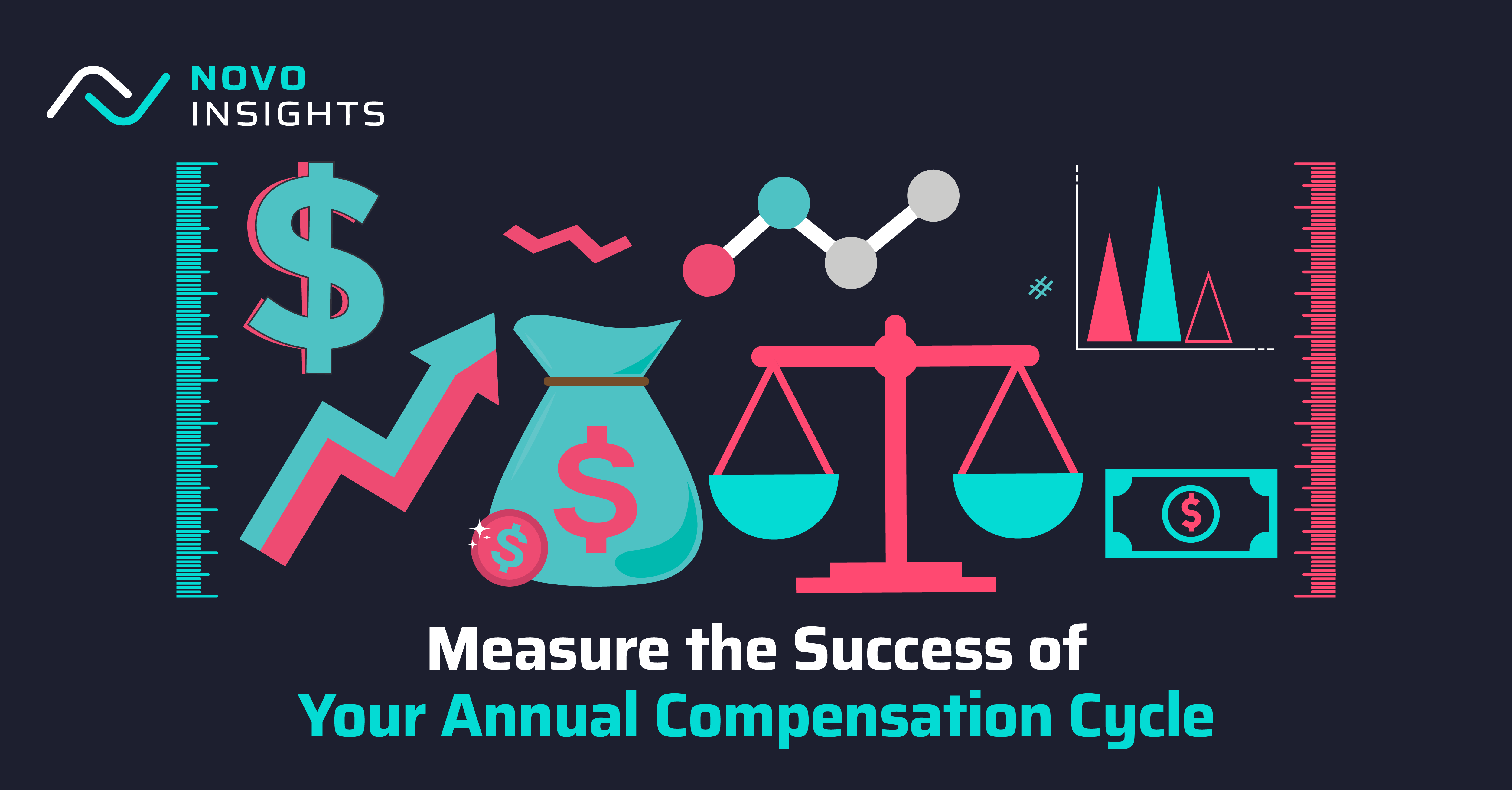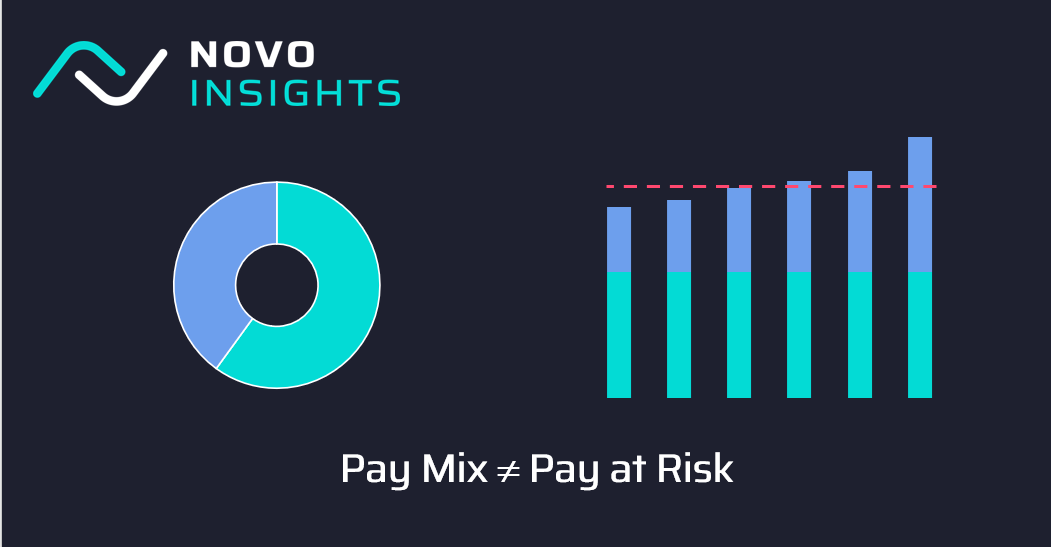We all love to lament the 3% merit pool. But odds are that employees are experiencing faster wage growth than your merit budget. This metric quantifies the rate of compensation increase for employees over time, which may tell a different story than what a merit pool suggests.
What It Is
An annual salary increase process is only one source of employee compensation increases. Over the course of time, employees get in-role promotions, take on new roles, receive special adjustments, or benefit from other off-cycle increases. These often add up materially over time, and create a rate of pay progression that exceeds what the merit budget suggests.
Comparable Employee Pay Progression (CEPP) = The rate of compensation growth for a defined set of employees over time.
To calculate this metric, we need to isolate a set of employees who stay with the company over a given time horizon. The logic here is to take a same store sales view to see how your pay decisions affect people over that time horizon. We recommend 12 and 24-month views.
Identify employees who are with the company over the entire time horizon, and then calculate the sum of compensation for those employees at the beginning and end of the measurement period. The percent change from beginning to end is the CEPP.
Our experience is that CEPP often exceeds the merit budget rate by at least 1%, which is a significant difference in an era when most merit budgets are 3% or 4%.
Variations
CEPP can be calculated in multiple manners, with the same underlying logic. Consider the following variations when utilizing this metric:
- Time Horizon: Any time increment is possible, though we do not recommend a horizon shorter than 12 months since so few changes are likely to have occurred. Time horizons longer than 36 months can be instructive, but watch out for shrinking sample sizes.
- Compensation Basis: We've conducted this analysis on salary only, salary plus target incentives, and salary plus target incentives + stock award grant value. The more components of compensation included, the greater risk of noise in the data... but it also provides a more complete picture.
- Segmentation: Calculate the metric for segments of employees, like job family or geography. We also find that segmenting this metric by performance designation over time tells a unique story: see our Insight Pay for Performance: The Big Picture.




